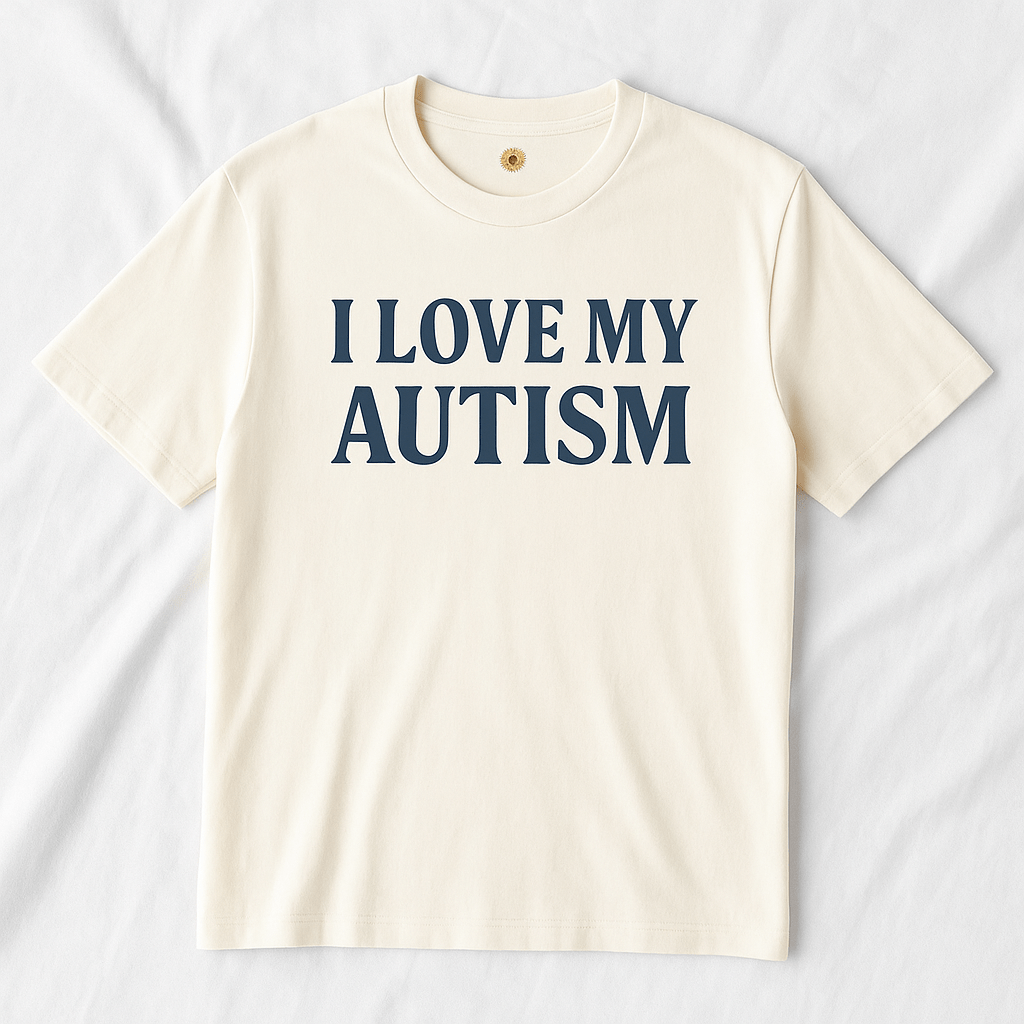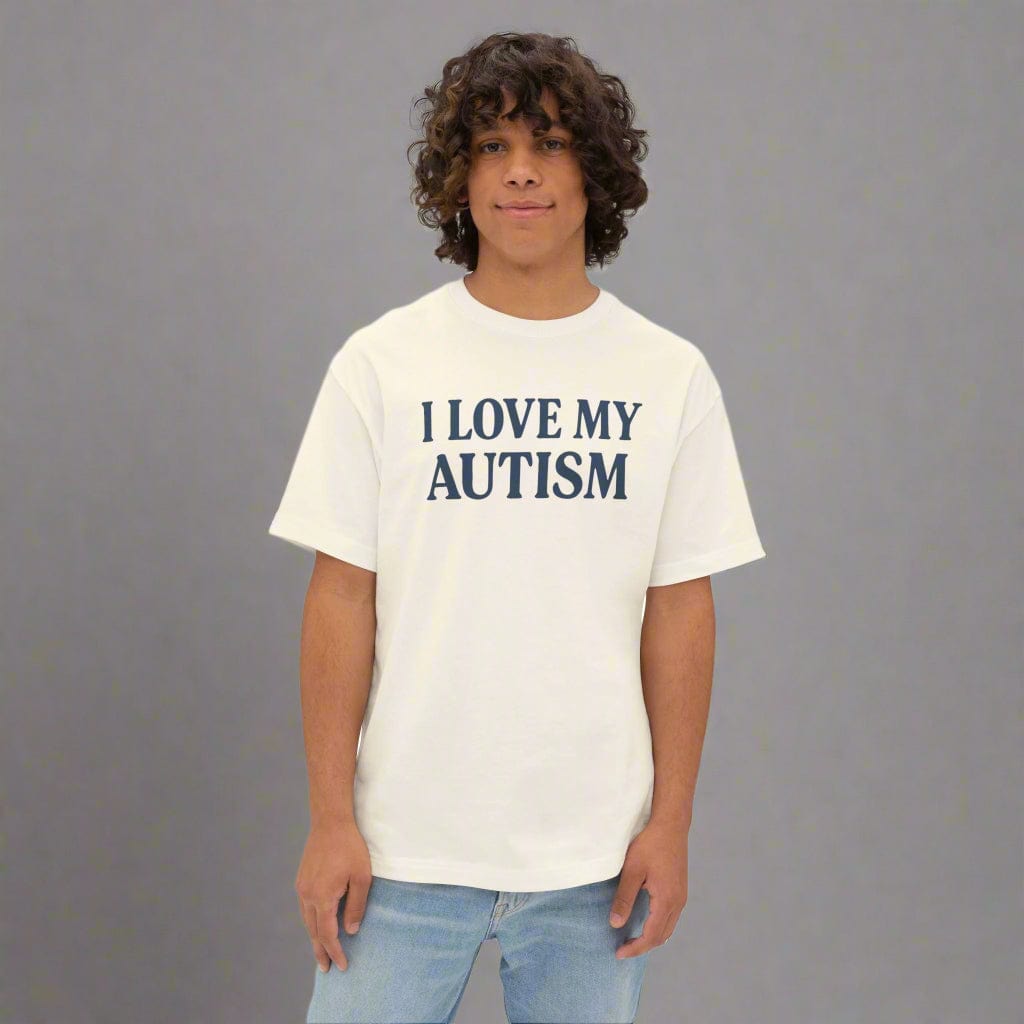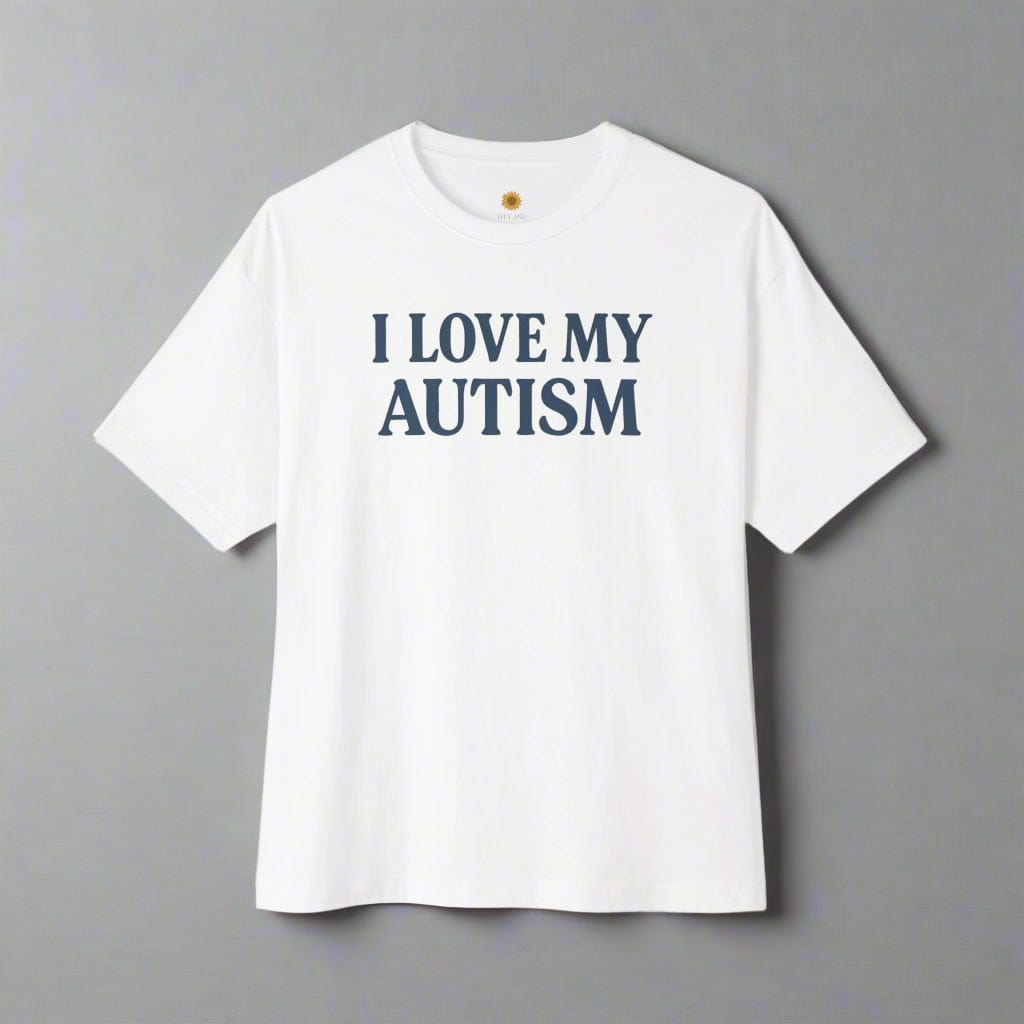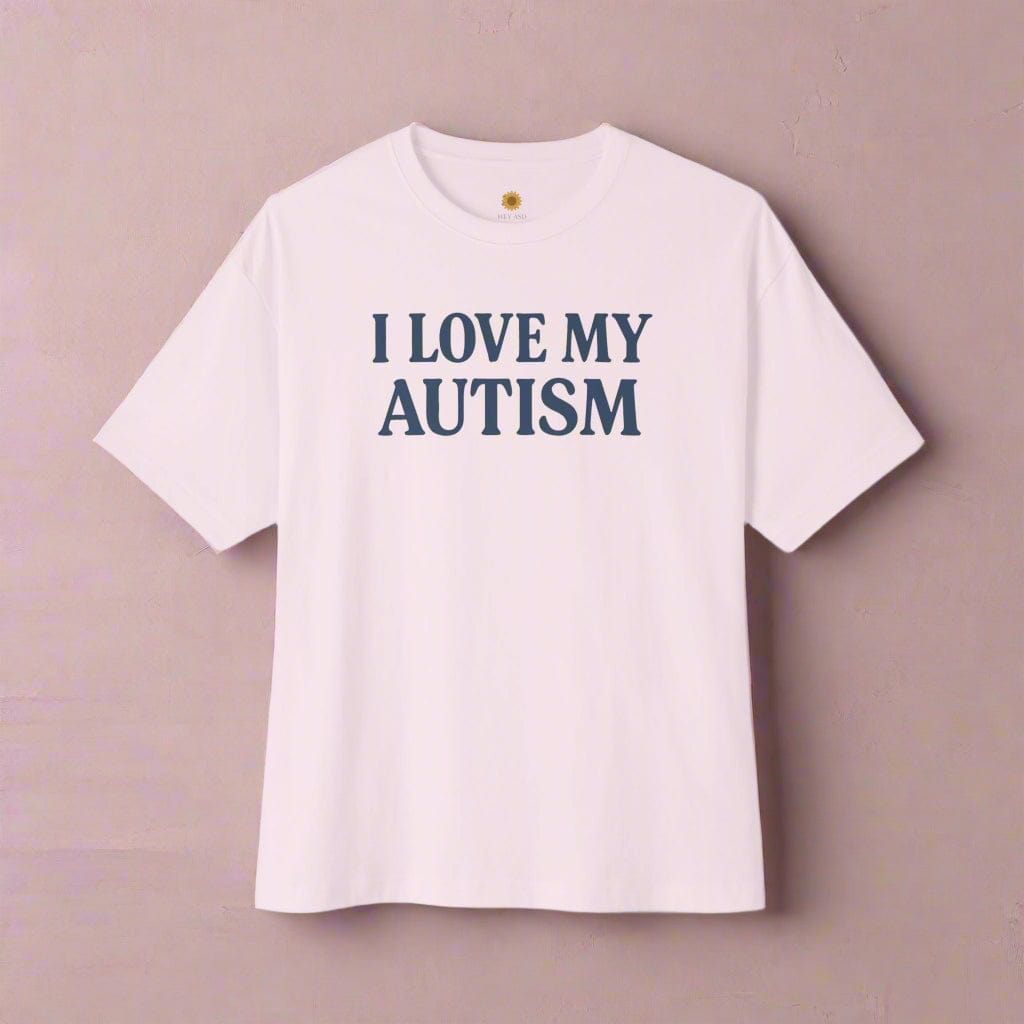ABA Therapy and Generalization of Skills

Written by the HeyASD Editorial Team
ABA therapy focuses on promoting the generalization of skills learned in therapy to various environments and situations, ultimately leading to long-term success and independence. This article explores the importance of generalization in ABA therapy and how parents and caregivers play a crucial role in supporting the individual's progress through involvement in daily routines and home strategies.
Key Takeaways
- ABA therapy aims to ensure that learned skills generalize to different environments and situations for long-term success and independence.
- Parents and caregivers are essential in implementing strategies at home to support the individual's progress in ABA therapy.
- Individuals benefit from ABA therapy across different curricular areas including self-help and other needs.
- Generalization strategies in ABA therapy promote the transfer of learned skills to real-life settings.
- Task analysis in ABA therapy allows for tailored teaching strategies to meet the unique needs of each learner.
Generalization
ABA aims to ensure that the skills learned in therapy generalize to different environments and situations, promoting long-term success and independence.
In the realm of Applied Behavior Analysis (ABA), generalization is the cornerstone of effective therapy. It's not enough for individuals to master skills in the controlled setting of a therapy session; they must be able to apply these skills in the real world. This is where the true measure of progress lies.
Generalization ensures that the benefits of ABA extend beyond the clinic, touching every aspect of the individual's life. From the schoolyard to the dinner table, the skills acquired must seamlessly integrate into various contexts:
- Adaptability: Applying learned behaviors in new situations.
- Durability: Maintaining behaviors over time without intervention.
- Versatility: Demonstrating behaviors with different people and settings.
The ultimate goal is to foster independence, empowering individuals to navigate their environment with the skills they have honed.
ABA therapists meticulously craft strategies to encourage this transfer of skills. They may introduce variations in teaching, provide opportunities for practice in diverse settings, and gradually reduce assistance to promote self-reliance. The success of ABA is not just in teaching skills but in ensuring these skills become a natural part of the individual's behavioral repertoire.
Parent and Caregiver Involvement
Parents and caregivers are trained to implement strategies at home and in daily routines to support the individual's progress.
The role of parents and caregivers in the application of ABA therapy is pivotal. Therapists collaborate with caregivers to provide training and support, which is essential for the generalization of skills beyond therapy sessions. By learning and applying PRT techniques in everyday activities, caregivers can reinforce the skills acquired during professional sessions, ensuring that these skills are utilized in the home and community settings.
- Customized training curricula are developed for caregivers, tailored to fit their unique situations.
- Caregivers are educated on ABA-based concepts and interventions used in their child's services.
- Specific skill acquisition and behavior management programs are taught for at-home implementation.
The involvement of caregivers in ABA therapy extends the impact of professional interventions, creating a consistent and supportive environment for skill generalization.
Parent training sessions, such as those offered by Achievements Therapy, are integral to the treatment plan. Regular meetings with a BCBA allow for discussions on goals and progress, emphasizing the importance of a collaborative approach. Quality care is ensured when caregivers are equipped with the knowledge and tools to actively participate in their child's development.
What Does ABA Therapy Look Like?
Individuals benefit from ABA therapy across different curricular areas including self-help and other needs.
ABA therapy is not a one-size-fits-all approach. It's tailored to meet the unique needs of each individual, particularly those with Autism Spectrum Disorders (ASD) and related challenges. Early intervention is key, as it can significantly impact the development of essential life skills.
- For children, ABA can address behaviors, attention, play, and communication.
- Teenagers benefit by refining social and motor skills.
- Adults can focus on independence and self-help abilities.
ABA therapy adapts to the individual's stage of development, ensuring that the skills taught are relevant and applicable to their daily life.
Whether it's a child with ASD or an adult with intellectual disabilities, ABA therapy provides a structured framework to foster growth across various domains. The goal is to equip individuals with the tools they need to navigate their world more effectively.
Conclusion
In conclusion, ABA therapy plays a crucial role in promoting the generalization of skills learned through task analysis. By carefully planning and incorporating generalization strategies, ABA therapists ensure that individuals can apply their learned skills in various environments and situations. This transfer of skills to real-life settings is essential for long-term success and independence. Through individualized approaches, data collection, reinforcement, and collaboration with parents and caregivers, ABA therapy facilitates the maintenance and generalization of skills, ultimately helping individuals with ASD, intellectual disabilities, and other developmental challenges lead higher quality lives.
Join Hundreds of Autistic Adults Feeling
More Comfort in Their Own Skin
Use code WELCOME10 for 10% off your first order.
Start Your Comfort JourneyFrequently Asked Questions
What is the importance of generalization in ABA therapy?
Generalization is crucial in ABA therapy as it ensures that the skills learned in therapy can be applied in different environments and situations, promoting long-term success and independence.
How are parents and caregivers involved in ABA therapy?
Parents and caregivers are trained to implement strategies at home and in daily routines to support the individual's progress during ABA therapy.
What areas can ABA therapy be used in?
ABA therapy can be used in various areas including teaching specific skills in communication, self-help, social skills, academic skills, and more.
What is the role of task analysis in ABA therapy?
Task analysis is used by ABA therapists to teach a wide range of skills by breaking them down into smaller, manageable steps tailored to the learner's needs.
How does ABA therapy promote maintenance and generalization of skills?
ABA therapy helps in maintaining learned behaviors over time and generalizing them to different situations beyond the therapy setting.
How can ABA therapy be individualized for each learner?
ABA therapy utilizes individualized approaches, data collection for progress monitoring, reinforcement, and generalization strategies to tailor interventions to each client's specific needs.
What settings are used in ABA therapy to promote generalization of skills?
A combination of home and center or school settings is encouraged in ABA therapy to facilitate the generalization of skills across different environments.
Who can benefit from ABA therapy?
Individuals living with ASD, intellectual disability, and other developmental challenges can benefit from ABA therapy in improving their quality of life and achieving their goals.
On This Page
Frequently asked questions
How can ABA therapy help my loved one use skills learned in therapy across different places and situations?
What are some gentle ways caregivers can support skill transfer at home without causing stress?
How does task analysis in ABA therapy make learning more personalized and effective?
What strategies can promote independence skills for someone on the autism spectrum?
Are there sensory-friendly ABA strategies or calming tools that can support generalization outside of therapy sessions?
How can parents and caregivers access disability support to better assist with ABA therapy goals?
What are some signs that ABA therapy is successfully helping with autism skill transfer?
How can ABA therapy be adapted for different ages and developmental stages to encourage independence?
Can Autism-themed decor or comfortable clothing help create supportive environments that encourage practicing new skills?

About the HeyASD Editorial Team
Autistic‑owned • Values‑led • Sensory‑friendly design
We are autistic creators, writers, and advocates dedicated to producing resources that are practical, sensory-aware, and grounded in lived experience. Our mission is to make information and products that support the autistic community accessible to everyone, without jargon or condescension. Learn more about our team.
This article is written from lived autistic experience and an evidence-aware perspective. It is for general informational purposes only and should not be taken as medical, legal or therapeutic advice.
Always consult a qualified clinician or occupational therapist for individual needs and circumstances.

About Our Autism Blog
HeyASD isn’t just a store, it’s a calm, supportive space created by and for autistic adults. Our blog shares sensory-friendly tips, identity-affirming stories, and heartfelt resources for navigating life as an autistic person. Whether you're late-diagnosed, exploring your needs, or supporting someone you love, you're welcome here.
Thank you for reading. We hope these resources bring comfort and clarity.




































